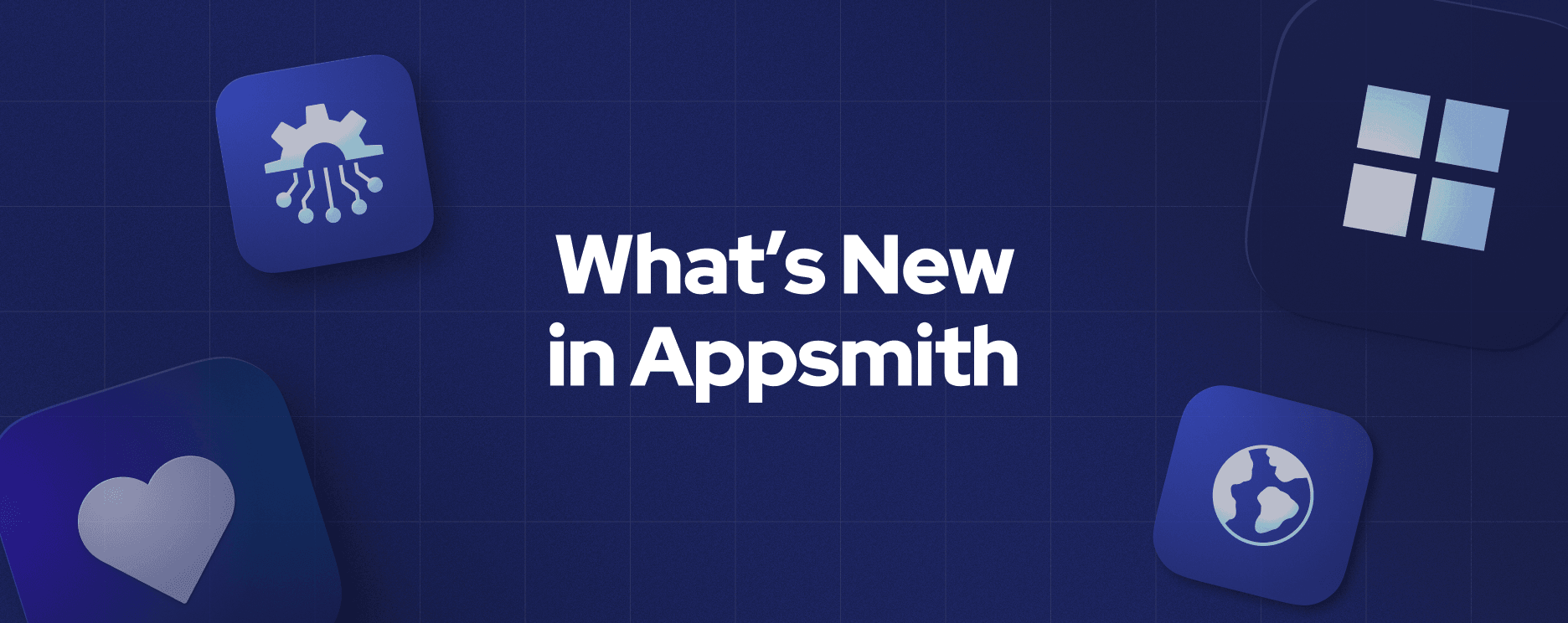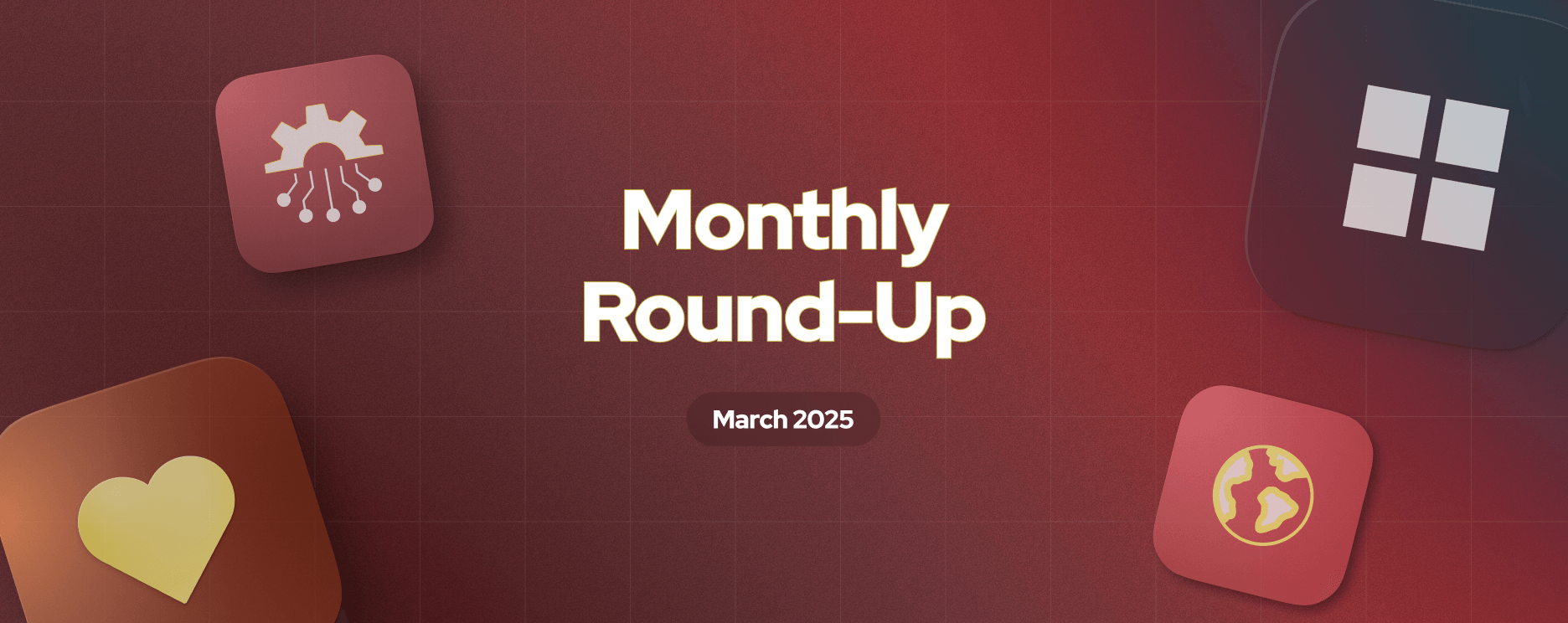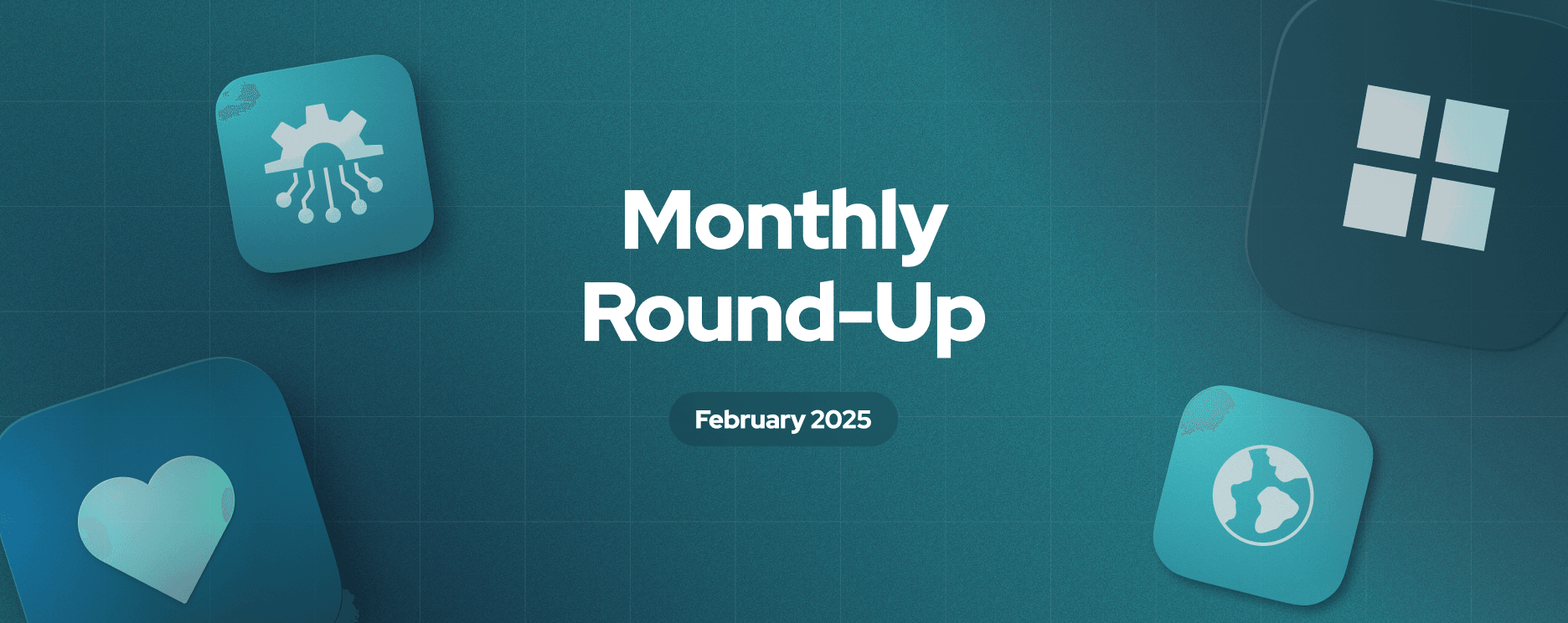Packages and Modules Beta, Workflows Beta, IDE 2.0 Beta, and More!

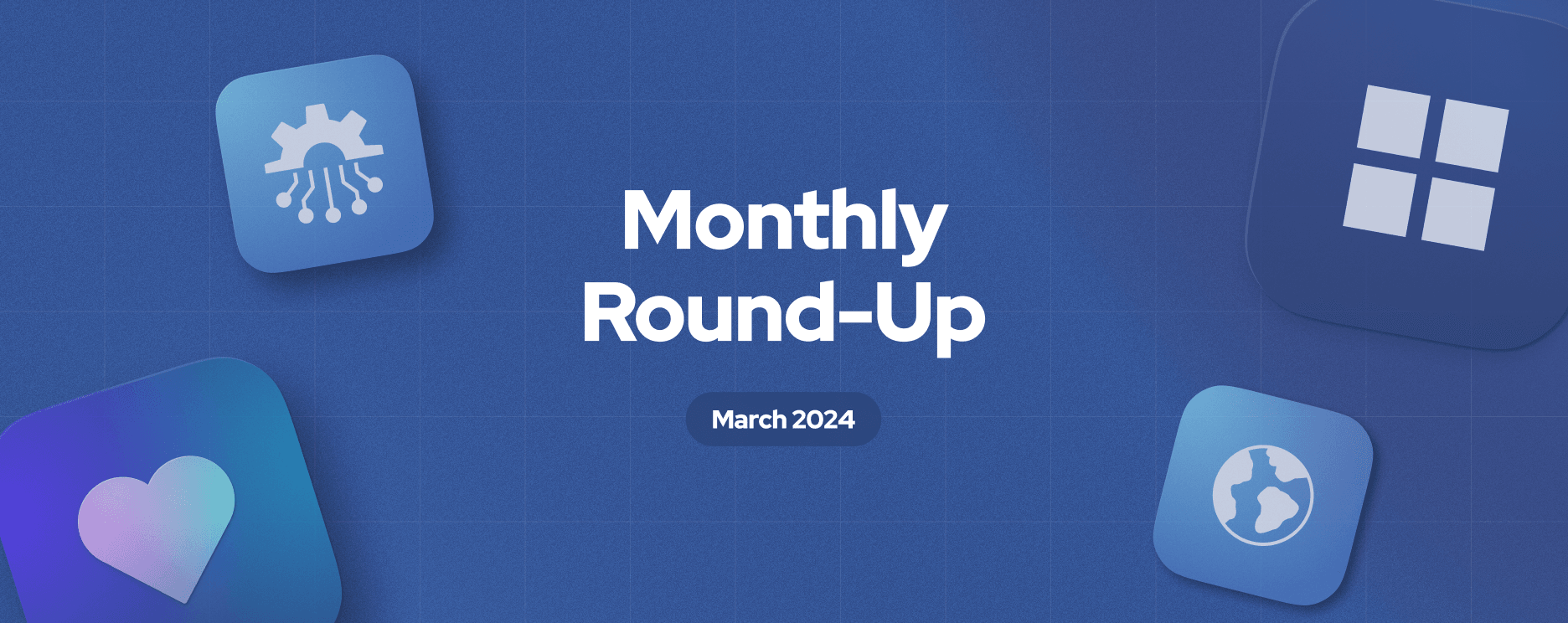
We've been busy making exciting updates to Appsmith and are thrilled to share them with you. From introducing new features like Packages and Workflows to major improvements on our IDE and Git support—there's a lot to catch up on. Dive in and see what's new!
New things in Appsmith
Packages and Modules [beta]
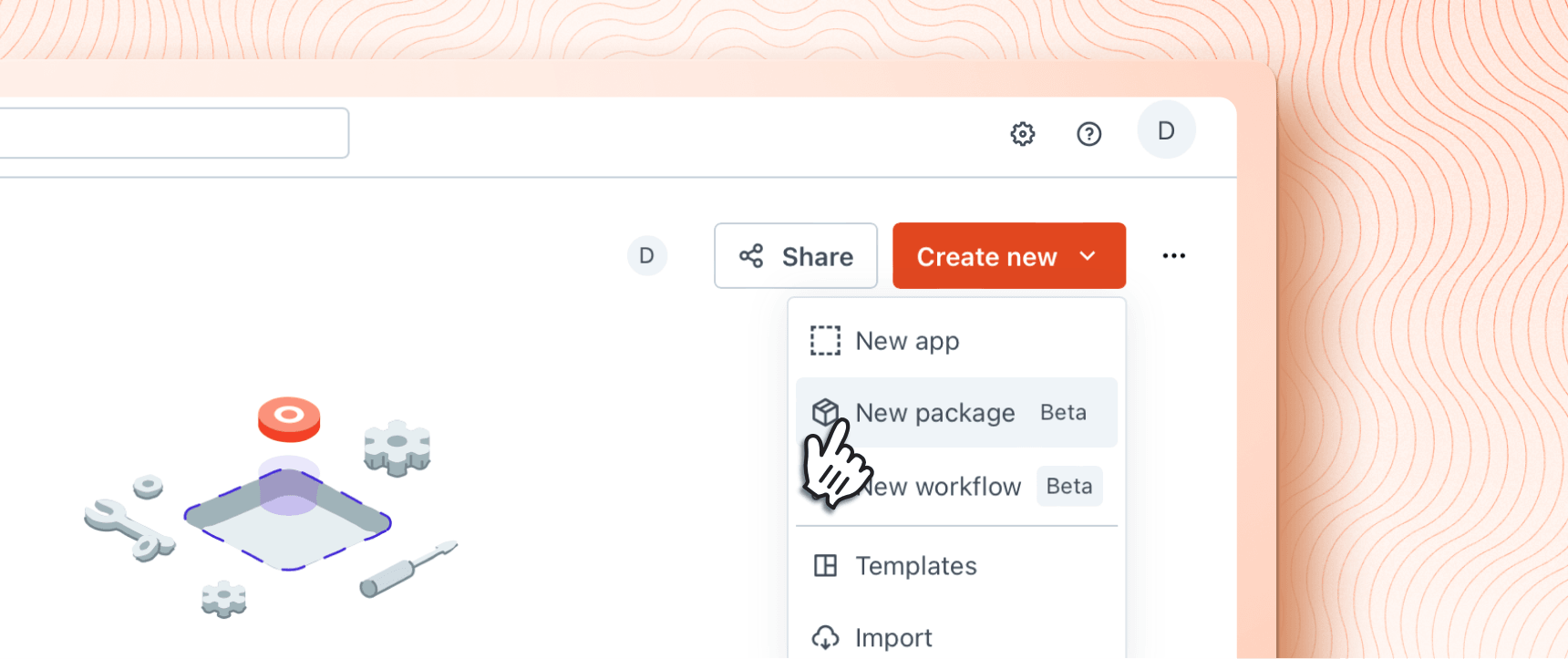
IT teams need to make the most of limited development resources. They should be able to share, discover, and reuse work easily to speed up development. They should also build business apps that support advanced functionality for internal reuse with tracking, versioning, and bundling to provide governance, maintainability, and standardization.
That's why we introduced Packages and Modules in Appsmith, designed to address these needs and improve reusability within Appsmith. Now, you can reuse queries and JS logic and simplify maintenance across your Appsmith apps. Packages and Modules are currently in beta in the Business and Enterprise Editions. Upgrade to Business Edition if you want to use them on your applications.
Workflows [beta]
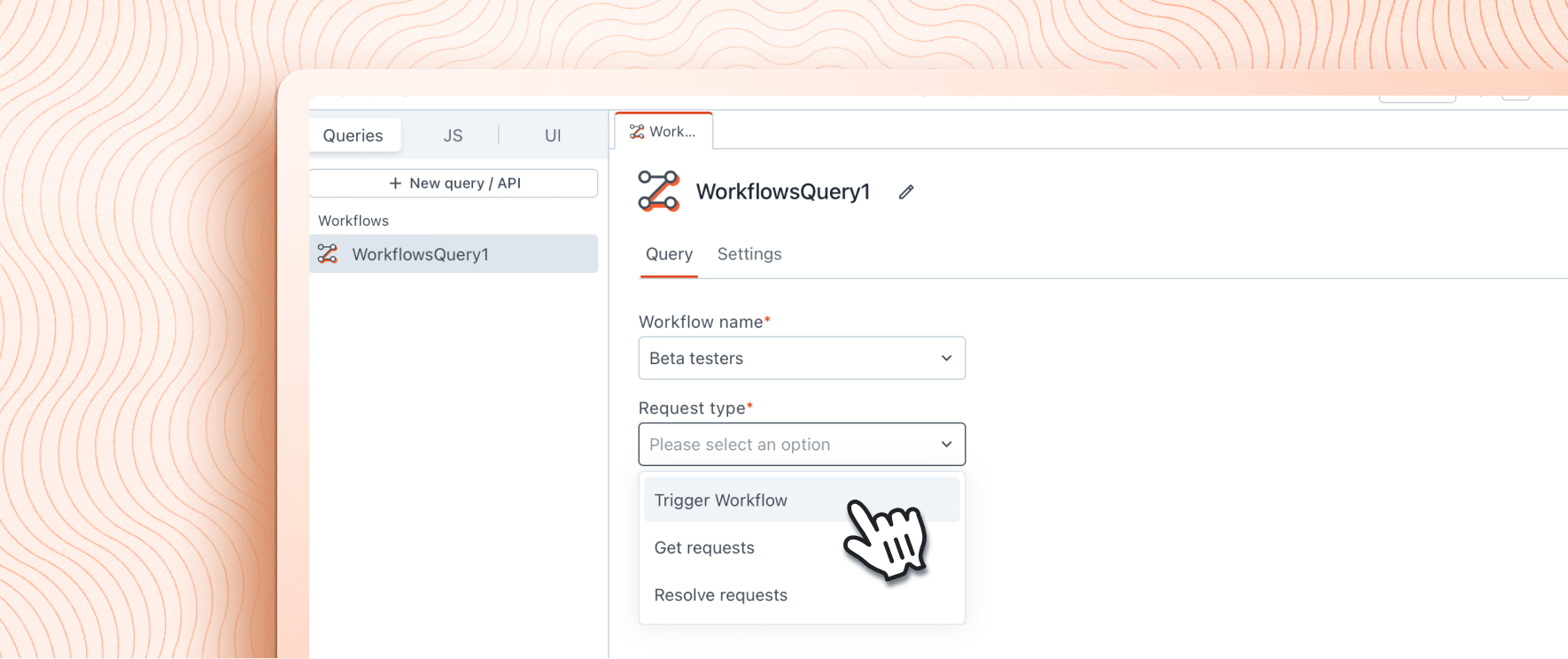
Appsmith allows developers to build user interfaces over backend data sources, bridging the gap between human users and complex data systems. However, many of you need to support long-running workflows like approvals, data transfers, and transformations. There are many processes triggered by systems that are cumbersome to build.
So, we introduced Appsmith Workflows, a developer-focused platform for human-in-the-loop (HITL) workflows to address these requirements. Now, you can automate business processes, enabling HITL and backend systems interactions and integration with external services. Workflows are currently in beta for the Business and Enterprise Edition. If you want to start automating your critical business processes, sign up for the beta program.
IDE 2.0 [beta]
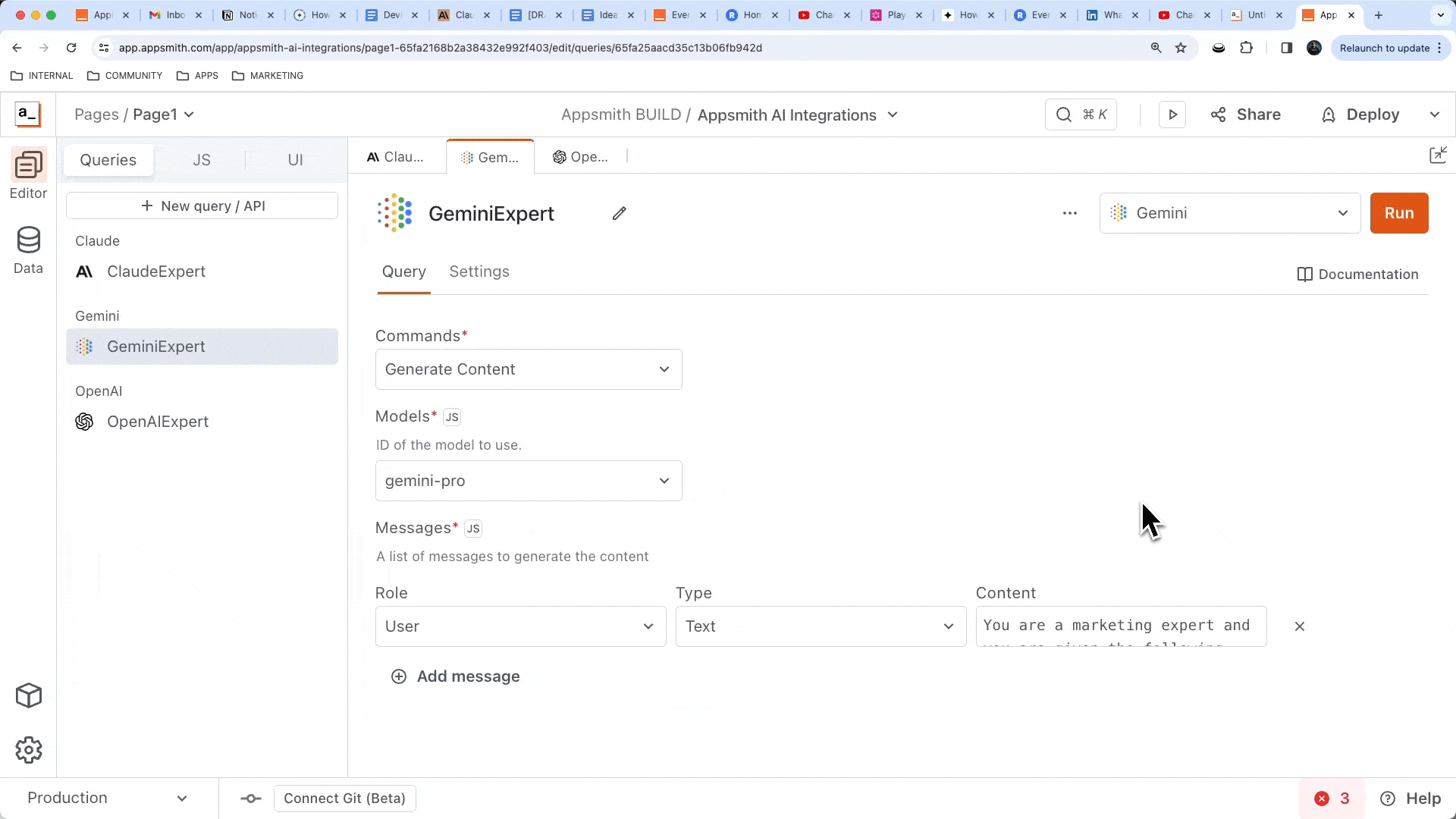
We've updated our IDE, offering quicker editing, building, and deployment of applications. Here are the new features you'll find in the IDE:
Infrequent Actions Sidebar: We've added a separate sidebar for infrequent actions. We realize that datasources, packages, and settings are crucial to Appsmith applications but are typically set just once. This sidebar allows you to swiftly switch between these different settings with a single click.
Frequent Actions Explorer: We've grouped frequent actions like queries, JavaScript, and widgets together. We understand that these are often used while building apps. You can easily switch between these entities by clicking a single button.
Side-by-Side Mode: To minimize context switching, we've introduced a split pane, allowing you to view your queries and UI in one place. It's convenient when you need to update your queries but have forgotten a specific query or widget name. You can hover over it and update your query on the spot. Any changes you make will provide real-time feedback.
This is currently in open beta, and we'd love to hear your feedback. You can reach out to us through the "Chat with us" section in your application or open a new issue on GitHub. Let us know how we can continue improving the IDE to suit your needs better.
Git support for full CI/CD integration
Enterprises often avoid low-code systems because they perceive them as incompatible with their software development lifecycle. This is primarily because traditional low-code systems use proprietary methods for application management, versioning, and deployment. However, Appsmith integrates with Git, allowing it to become a native part of your SDLC.
As more enterprises adopt Appsmith due to its Git compatibility, we are expanding support for Git with CI/CD. We're making it easy for developers to protect branches, pin branches to specific development environments, and raise pull requests for review. Once these are merged, webhooks can automatically deploy your applications.
Shifting auto-layout to maintenance mode
In anticipation of the rollout of our next-generation UI Builder, we are transitioning auto-layout to maintenance mode starting on April 15th. Auto-layout apps will continue to function as before, but you will no longer be able to create new auto-layout apps by converting apps from fixed layouts. You can still fork existing auto-layout apps or create new fixed-layout apps.
If you want to follow our progress towards developing easy-to-build responsive apps, sign up for the UI Builder closed beta.
If you missed these cool Appsmith events
Appsmith BUILD - Relive the two-day online event where we announced and demonstrated the latest game-changing features in Appsmith. We got our hands on Appsmith AI, explored reusability in Appsmith, worked with Salesforce, and more.
ART Fertility Case Study: Accelerating Time-To-Value with Appsmith - We interviewed Oscar Santana, CTO at ART Fertility, to learn how they used Appsmith to integrate and convert data from different systems into unified views. By creating dashboards, workflows, and APIs in Appsmith, ART reduced the time spent on manual data tasks by 70%.
Building A Custom Widget Request Form with Tag Inputs! - Watch Joseph in this tech workshop as he guides you through building a request form app and adding a custom tag input widget using the open-source Tagger library.
Appsmith March Live Coding - In our March live coding session, Kevin and Joseph demonstrated how to use JavaScript in Appsmith for beginners. If you already have basic knowledge of JS and want to understand how to optimize its use in Appsmith, this session is for you.
#JustPublished things
Bootstrapping Your Own Zendesk Clone in Under an Hour Using Appsmith
Build Apps That Extract Entities and Classify Images Using AI
More things are coming soon
That brings us to the end of this monthly round-up! But check our releases log for a complete list of new features and improvements in Appsmith.
In April, join Arpit and Kevin to learn how we use Appsmith at Appsmith, saving approximately $80k annually by building our testing dashboard.
Catch you in the next update! 🫰
Related Blog Posts
